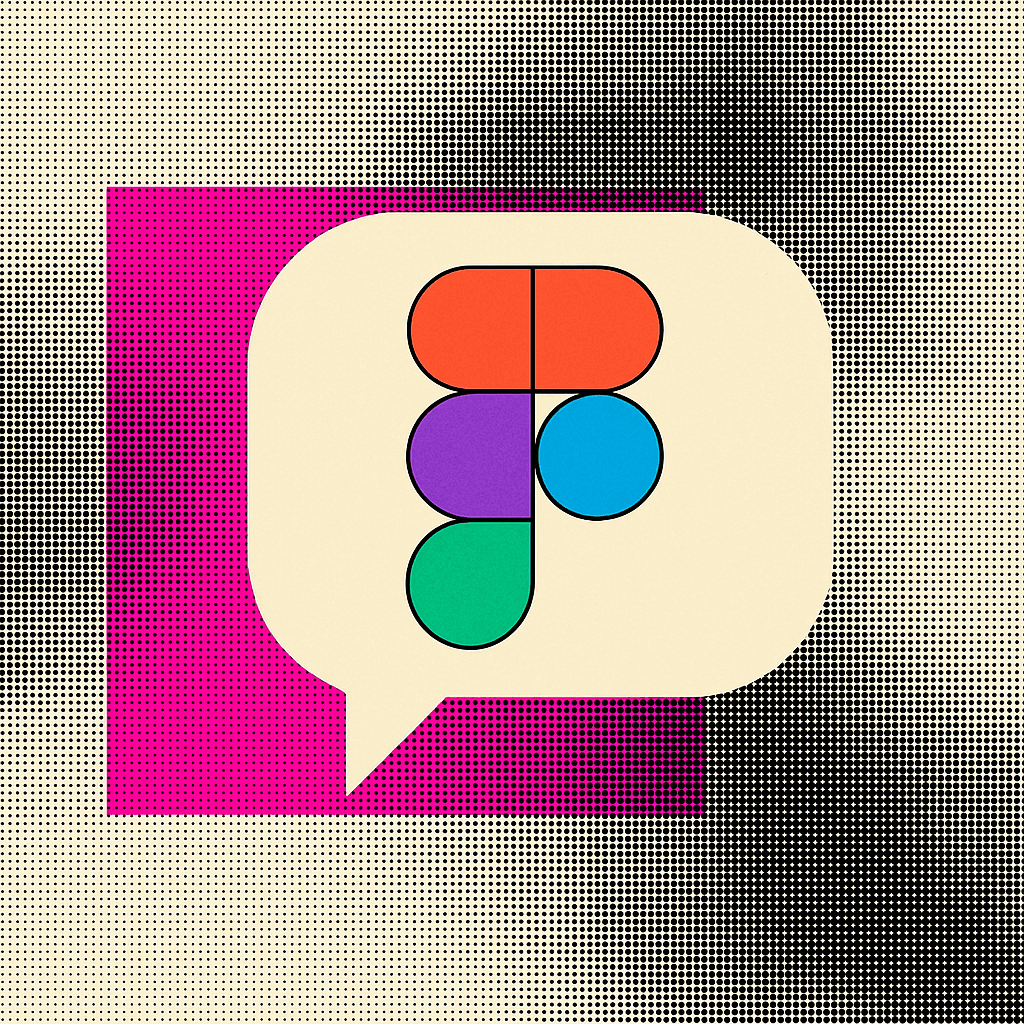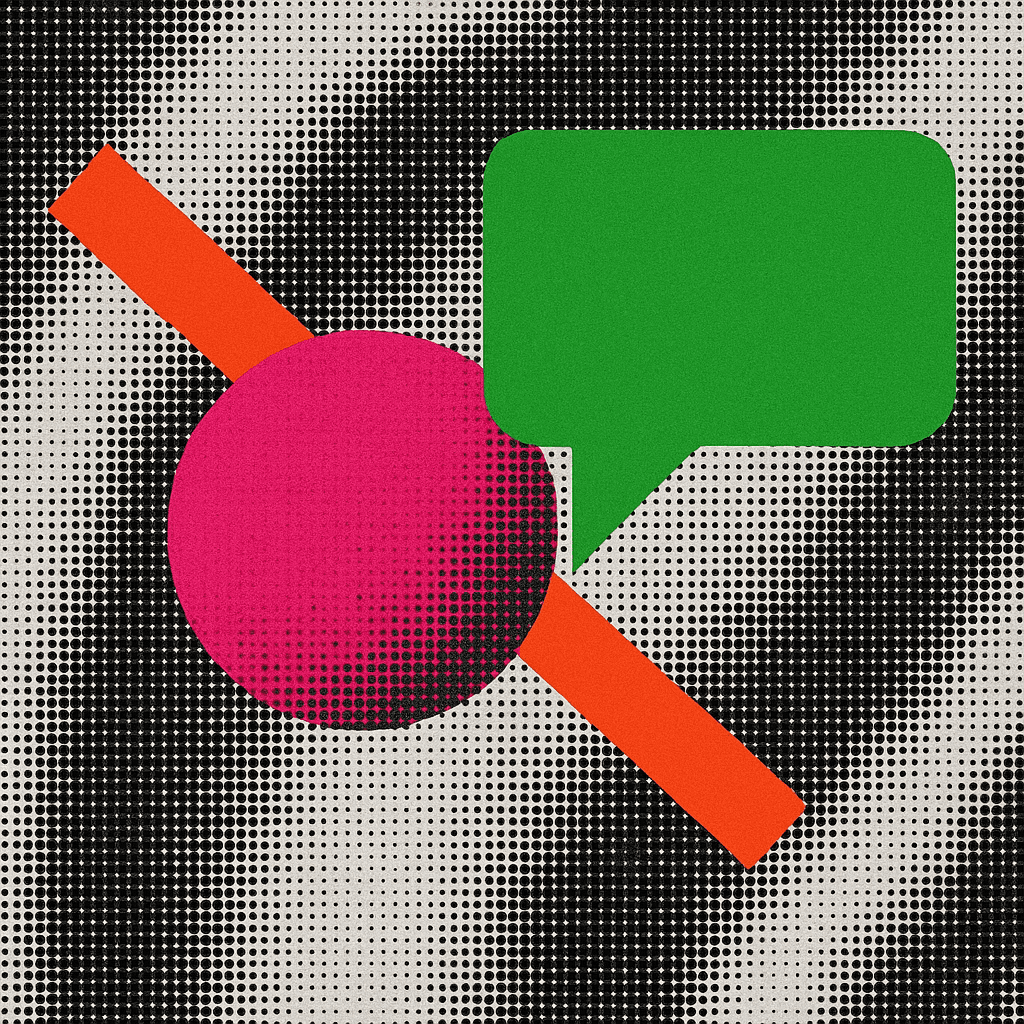AI is no longer just an add-on to design tools — it’s becoming the connective tissue of creative workflows. Figma’s adoption of the Model Context Protocol (MPC) is a landmark moment in this shift.
MPC is an open standard that allows applications to share context with AI models in real time. In practice, it means Figma can now talk directly to AI systems — giving them structured information about your file, components, and user actions — and receive useful, context-aware responses back.
For designers, this changes everything: no more copy-pasting screenshots into AI chatbots, no more abstract prompts divorced from the actual design. MPC brings AI into the canvas itself.
What is the Model Context Protocol?
The Model Context Protocol (MPC), introduced in 2024 by OpenAI, is a way to let apps provide rich, structured context to models like GPT-4. Instead of a raw text prompt, the model gets details such as:
File structure
Metadata (names, roles, properties)
Current user selection or focus
Linked external data sources
In Figma, this means an AI assistant can “see” your component hierarchy, understand variant properties, or recognise which frame you’re working on — and tailor its suggestions accordingly.
Why this matters for UX design
With MPC, designers move from prompt hacking to context-aware collaboration. Some scenarios already emerging in 2025:
Automated documentation. Select a component and ask the AI to generate usage guidelines, with accessibility notes and code snippets.
Design critiques in-canvas. AI can review your current layout for contrast issues, spacing anomalies, or missing alt text.
Faster ideation. Highlight a frame and request 3 layout variations — AI knows your design tokens and existing system constraints.
Handoff precision. Developers get component specs enriched with AI-generated explanations, straight from the file.
As UX Collective highlights, the power of AI in design isn’t about replacing creativity but about removing friction. MPC makes that possible by embedding intelligence directly into context.
From prompts to protocols
Back in 2023, the big UX skill was prompt design. Writing a good prompt was like writing a wireframe.
In 2025, the skill is shifting: designers now need to understand protocols — how context flows between tools and models. MPC isn’t just a backend spec; it’s something UX designers will feel in their daily workflow:
When an AI suggestion seems “off,” it’s often a context issue, not a creativity one.
Knowing how to frame and scope context becomes as important as knowing how to sketch.
Design leaders will hire for “AI literacy” the same way they once hired for “responsive web literacy.”
As NN/g notes, AI-augmented tools demand a new UX mindset — designers who can reason about systems of intelligence, not just pixels.
Potential pitfalls
MPC unlocks speed, but also introduces new challenges:
Over-automation. Letting AI propose everything risks homogenization of design.
Bias in context. If your file structures are messy, your AI outputs will inherit that mess.
Governance. Teams must set guidelines for when AI suggestions are exploratory vs. production-ready.
This is where design ops must evolve: treating MPC context as part of the design system itself, with rules and rituals.
The road ahead
By 2026, MPC is likely to spread beyond Figma into Sketch, Adobe, and even developer tools. Imagine a shared context layer where design, code, and content systems all talk to AI models in the same structured language.
For UX teams, this means:
Less time fighting files, more time shaping experiences.
AI that “knows” your product language, not just generic best practices.
A new craft: context design — the art of shaping what AI sees, not just what humans do.


